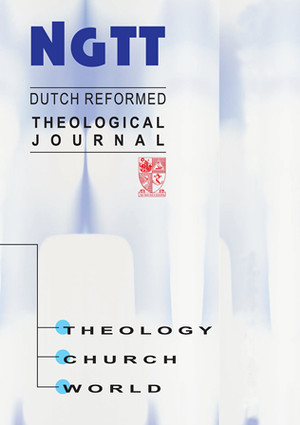The promise of the Petrine ministry: an old stumbling block, a new stepping-stone
DOI:
https://doi.org/10.17570/ngtt.2002.v43n3.a14Abstract
One of the most significant developments in Protestant-Roman Catholic ecumenism is the changing perspective on the Petrine ministry, especially as it relates to Protestant Christianity, in which the longstanding ecumenical “thorn in the flesh” has become more of an “open” question. In this article these new Protestant viewpoints and the underlying factors facilitating these changes are addressed, and most notably the vast benefits that arise from a new perspective on the papacy. It will be argued that Protestants may potentially embrace the Petrine office as an authentic ministry of the Christian churches, which provide actual benefits for the wider community of Christians. It will also be argued that the papacy can only be fully embraced to the extent that certain modifications are realised in its manner of exercise. Protestant traditions in their diversity have much to offer Roman Catholicism in their critique of the Petrine ministry as it presently exists.Published
2015-07-31
How to Cite
Le Bruyns, C. (2015). The promise of the Petrine ministry: an old stumbling block, a new stepping-stone. NGTT | Nederduitse Gereformeerde Teologiese Tydskrif, 43(3&4). https://doi.org/10.17570/ngtt.2002.v43n3.a14
Issue
Section
Articles | Artikels
License
Copyright of all NGTT material belongs to the Pieter de Waal Neethling Trust (PDWN Trust). The PDWN Trust is a trust fund established in 1932 with the aim of promoting quality theological research and publications.
The PDWN Trust pledges to maintain a legitimate scholarly record of the author's work and to defend the author's article against plagiarism and copyright infringement.
The PDWN Trust is committed to full Open Source publishing. This means that all articles published in NGTT will gradually be made freely available online. Authors maintain the right to:
- Share and self-archive their work.
- Make printed copies of their article for educational use.
- Present their article at a meeting or conference and distribute printed copies of the article
- Adapt and expand their published journal article to make it suitable for their thesis or dissertation.
- Republish the article (ensuring that the original article is cited as published in NGTT).
For any questions or queries in this regard, please contact the Editor.


